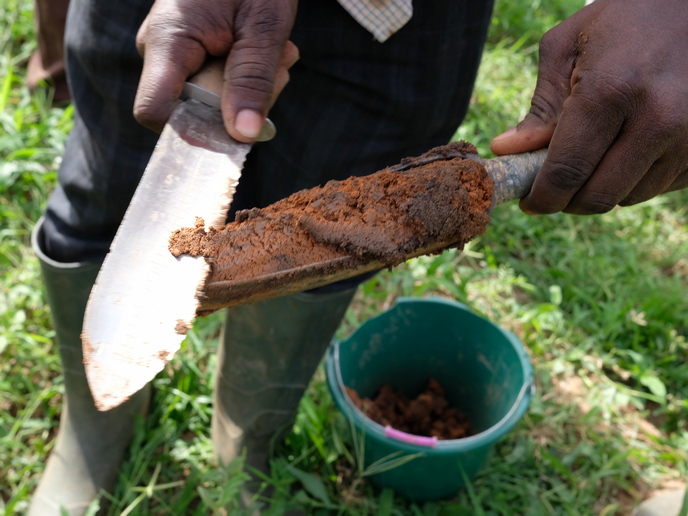Plant identification: making the unknown known
Plants are a crucial resource for our planet, providing food, medicines, and construction materials. They, however, can also affect us negatively, such as poisonous plants, pollen allergies, amongst others. Therefore, being able to identify plants is important; however, the process of doing so is not always straightforward. Addressing the challenges of plant identification was the aim of the EU-funded Plant.ID(opens in new window) project, with the support of the Marie Skłodowska-Curie Actions programme. Plant.ID a collaborative network within Europe, brought together academic and non-academic partners to develop novel and scalable methods for DNA-based identification of plants. “This might sound like shooting a fly with a cannon, but DNA provides robust and simplified ways of identifying plants,” notes Hugo de Boer, project coordinator. The project also supported the career development and training of the next generation of researchers(opens in new window) who will develop these cutting-edge solutions for plant identification. “A key motivation of this project for me was to provide a training opportunity for 15 talented young people in this field. The most inspiring and rewarding thing in science is to recruit smart people – often smarter people – and help them achieve their career development objectives,” reflects de Boer.
Describing and assessing plant diversity
To meet the overall goal, the project was structured into four work packages. The first looked at the definition of species as taxonomic entities as a basic requirement to identify species from DNA. The second and third work packages focused on specific approaches to DNA-based identification. The fourth examined the practical applications of DNA-based identification of plants. “As a team, the project has brought the field forward in several key areas, including molecular identification of pollen, plant metagenomics for dietary analysis, phylogenomics of polyploids, plant museomics, and assessment of plant diversity from soil environmental DNA,” confirms de Boer. For instance, in work package one, theoretical and experimental developments in mass sequencing DNA have been tested using Arctic Silene species. This work can help provide underlying information for an updated taxonomy of the group. In work package two, early-stage researchers worked on developing and testing new approaches in molecular plant diversity assessment that move beyond amplicon-based sequencing. “These methods enable accurate identification as well as relative quantification of plant species in substrates,” adds de Boer. They also enhance the ability to screen, authenticate and monitor such substrates. In work package three, novel genetic and molecular approaches for plant identification were developed. Whereas in work package four, the aim was to develop solutions to present research results that are easy for end users to interpret. More information on the work carried out in the project can be found on Plant.ID’s(opens in new window) website.
What is next for Plant.ID?
“The project has brought a loosely organised group of scientists together into a strong collaborative network. There is still a lot to be done in the field of molecular identification of plants, but the network can build on its achievements by building incrementally on the innovative foundation it has laid,” reports de Boer. The project has identified additional gaps and challenges that are now being explored. “We are looking at scaling up our collaboration and applying for Horizon Europe research funds to develop new approaches as well as to work with stakeholders for implementation of these methods for societal impact,” concludes de Boer.







